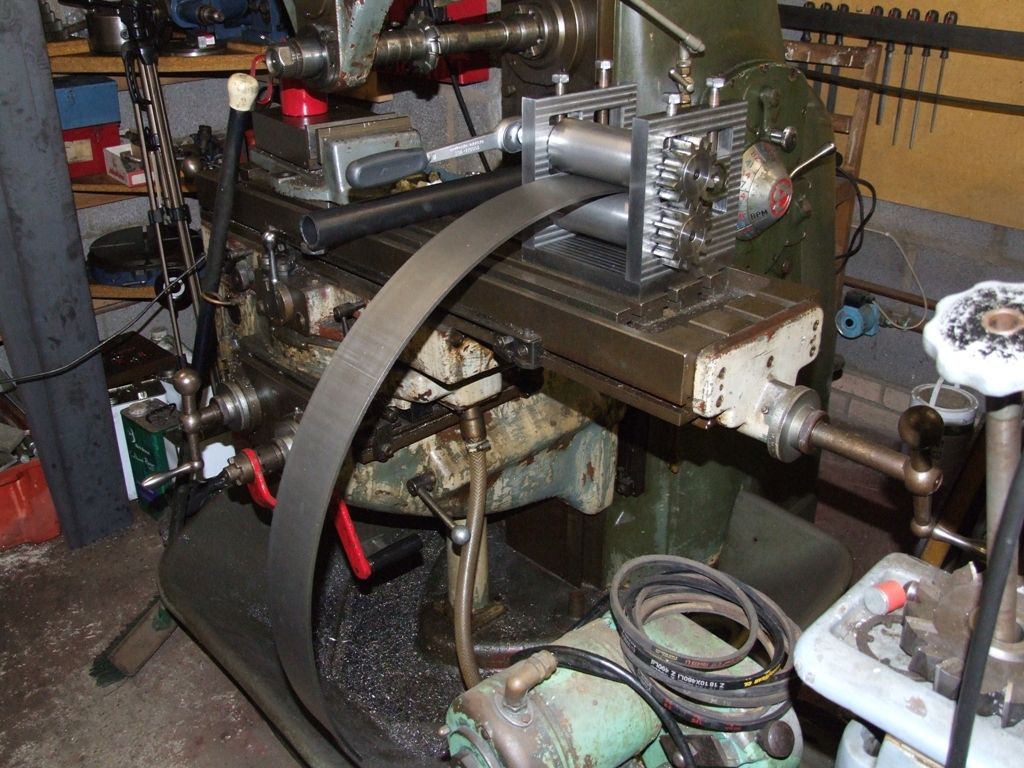Rolling up a smokebox
Rolling up a smokebox
- This topic has 22 replies, 11 voices, and was last updated 9 July 2015 at 23:46 by
julian atkins.
Viewing 23 posts - 1 through 23 (of 23 total)
Viewing 23 posts - 1 through 23 (of 23 total)
- Please log in to reply to this topic. Registering is free and easy using the links on the menu at the top of this page.
Latest Replies
Viewing 25 topics - 1 through 25 (of 25 total)
-
- Topic
- Voices
- Last Post
Viewing 25 topics - 1 through 25 (of 25 total)
Latest Issues
Newsletter Sign-up
Latest Replies
- mild steel/aluminium suppliers in uk
- LBSC Dot/Diana Cylinder Castings
- Pre-war Italian thread ?
- Can a metric baby do imperial?
- Calling all Little John and other Raglan users
- Had Another Go
- Magnetic optical punch
- What Do These Mean; Why So Many Loop Errors? (Alibre Atom)
- More Lidl questions
- Metal stock











